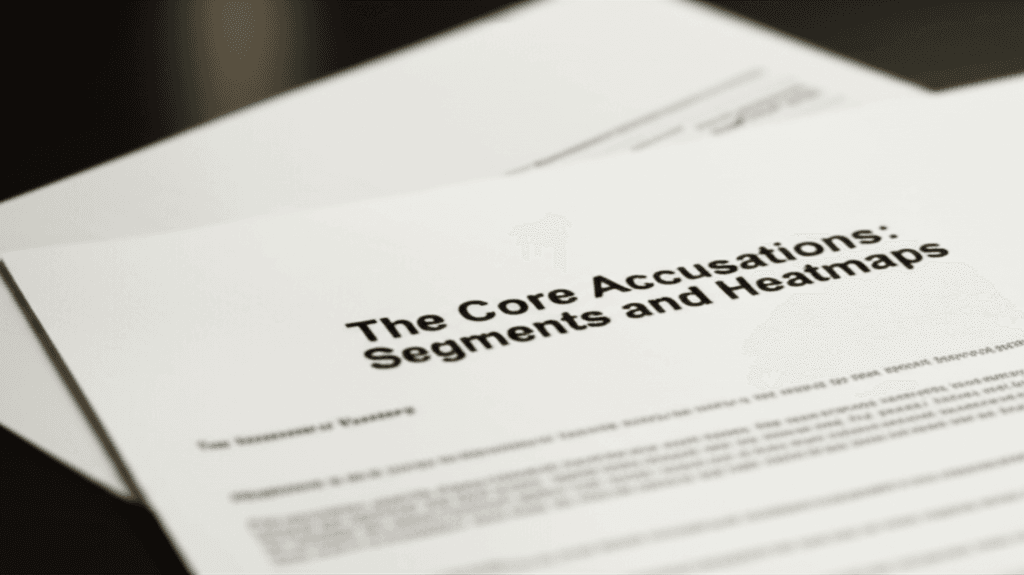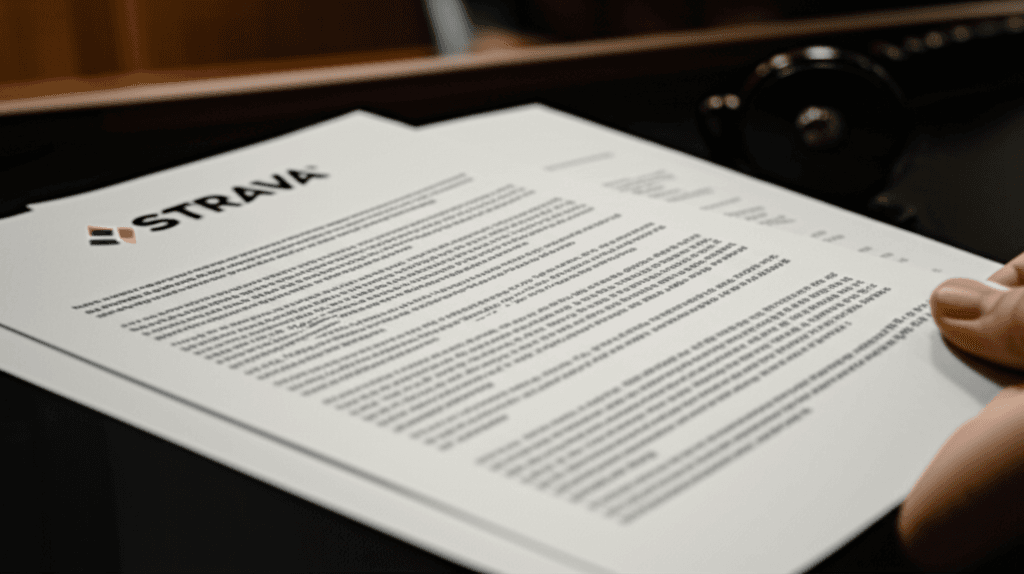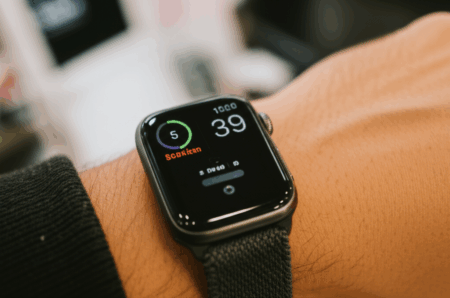Fitness tracking giant Strava has filed a lawsuit against device manufacturer Garmin, alleging patent infringement over its popular “Segments” and “Heatmaps” features, and claiming a breach of a 2015 cooperation agreement. The lawsuit, filed on September 30, 2025, in the US District Court for the District of Colorado, seeks to halt Garmin’s sales of devices incorporating these functionalities and demands monetary damages.

The Core Accusations: Segments and Heatmaps
Strava’s complaint centers on two key areas of its patented technology:
Patent Infringement on “Segments”
“Segments” are defined as timed stretches of roads or trails where athletes can compare their performance against others, fostering a competitive social environment. Strava claims that Garmin has copied this proprietary technology for its own “Garmin Segments” and other course-building tools, infringing on patents registered by Strava between 2011 and 2016.
The lawsuit further alleges that Garmin violated a “Master Cooperation Agreement” (MCA) signed by both companies in 2015. This agreement reportedly set rules for data sharing and restricted Garmin’s use of Strava’s segment technology. Strava asserts that despite this agreement, Garmin continued to develop and expand its own segment system independently, breaching the terms. Strava had reportedly provided written notice of infringement and breach to Garmin in June and July 2025, but no amicable resolution was reached.
Patent Infringement on “Heatmaps” and Popularity Routing
The second front of the lawsuit involves Strava’s “Heatmaps,” also referred to as “popularity routing” or “user preference maps.” These interactive maps visualize popular routes based on aggregated user activity data. Strava claims that Garmin’s “Trendline Popularity Routing” and similar features infringe on patents it filed in 2014 (issued in 2016) and 2016 (issued in 2017) related to generating and using these activity maps to aid route creation. Strava’s patent focuses on the use of these maps to recommend routes frequently used by other athletes.

Strava’s Demands and Garmin’s Defense
Strava is seeking a permanent court order that would require Garmin to cease the sale of all devices that include the disputed segment and heatmap functionalities. This demand could potentially impact a wide range of Garmin’s fitness watches and cycling computers. Additionally, Strava is asking for these features to be removed from the Garmin Connect platform and for Garmin to pay damages for “lost revenue and business opportunities, erosion of competitive differentiation and network effects, harm to goodwill, and unjust gains.”
Garmin has largely remained silent on the litigation, offering a brief “no comment” when asked. However, industry observers anticipate that Garmin’s defense will argue that it introduced similar mapping and popularity routing technologies as early as 2013, predating some of Strava’s patents. This could lead to Garmin challenging the validity of Strava’s patents.

Broader Context: API Tensions and User Impact
Beyond the patent disputes, the lawsuit also appears to be intertwined with recent tensions over API (Application Programming Interface) usage and data attribution. Strava’s Chief Product Officer, Matt Salazar, indicated that a primary driver for the legal action was new developer guidelines announced by Garmin on July 1, 2025. These guidelines allegedly require third-party apps, including Strava, to display a Garmin logo on “every single activity post, screen, graph, image, sharing card, etc.” by November 1, 2025, or risk having their API access cut off. Strava views this as “blatant advertising” that would degrade the user experience and argues that activity data belongs to the user, not the device manufacturer.
Despite the escalating legal battle, both companies have stated their intention not to disrupt users’ ability to sync data between Garmin devices and Strava. However, the lawsuit introduces uncertainty regarding the future of integration between the two platforms. The case could take months or years to resolve and may ultimately end in a settlement rather than a court-ordered ban on device sales. The outcome could redefine the relationship between fitness platforms and the device manufacturers they rely on, potentially impacting user experience and data functionality.







